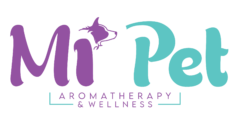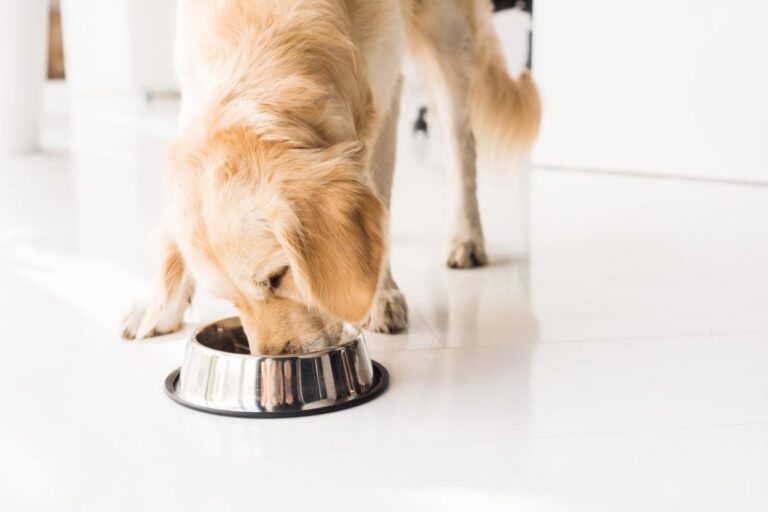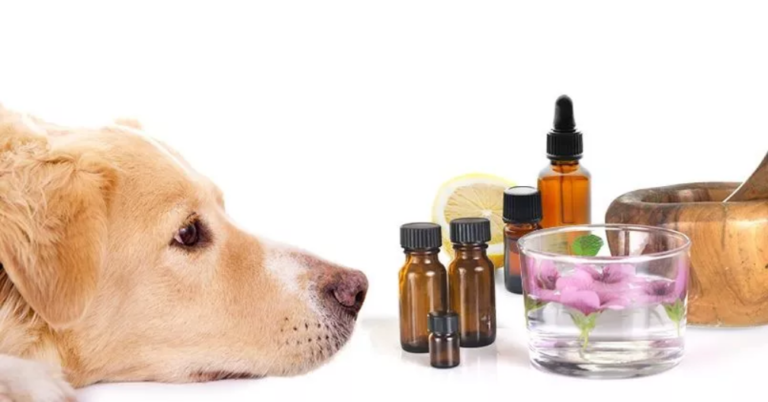1. Aromatic:
Aromatic use entails the dispersion of essential oils into the air, allowing animals to inhale the aromatic molecules. This can be effectively accomplished using a diffuser, which emits a fine mist of essential oils into the surrounding environment. The animal then breathes in these aromatic molecules, which can induce various therapeutic effects.
Benefits: Aromatic use can be instrumental in addressing emotional and behavioral issues in animals. For instance, diffusing lavender oil can facilitate relaxation and reduce stress or anxiety in pets. Moreover, it can contribute to enhancing the overall air quality in their living space.
2. Internal:
The internal use of essential oils for animals involves administering the oils orally. However, it is crucial that this method is exclusively employed under the direct supervision and guidance of a certified animal aromatherapist. This ensures the use of pure, high-quality oils that are safe for ingestion, as well as accurate dosages tailored to the animal’s body weight. Typically, this method involves diluting the essential oil in a carrier oil or adding it to the animal’s food.
Benefits: Internal use can offer systemic benefits to animals, including immune support or digestive aid. It proves particularly valuable for addressing chronic issues; for example, turmeric can be employed for joint support.



